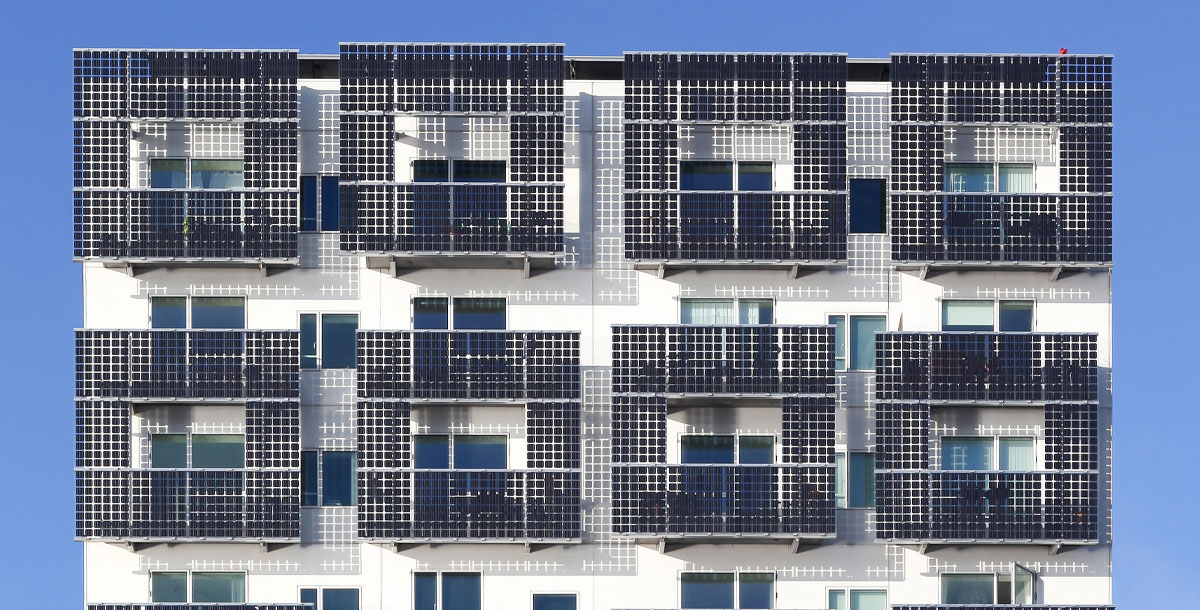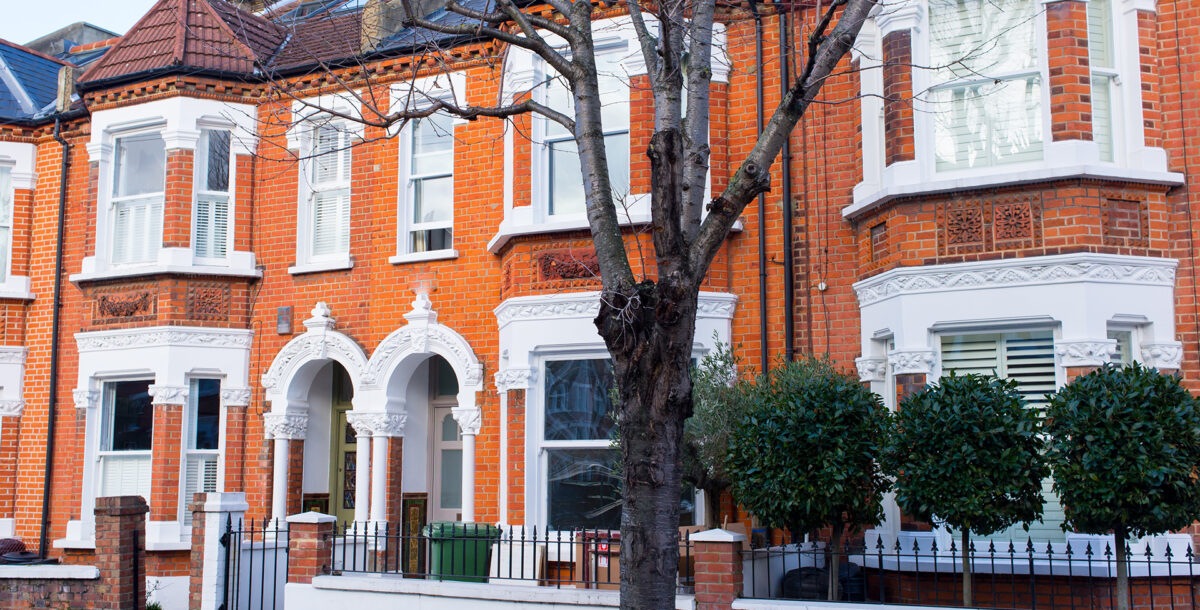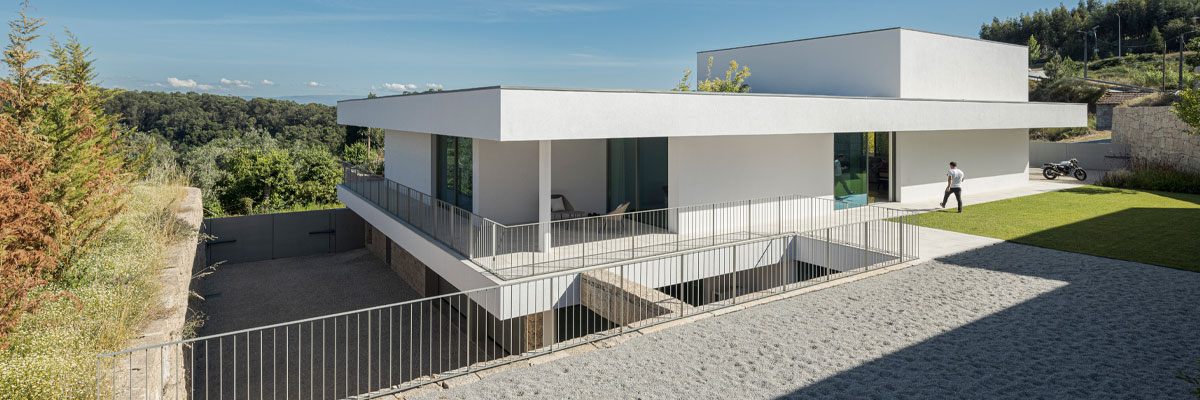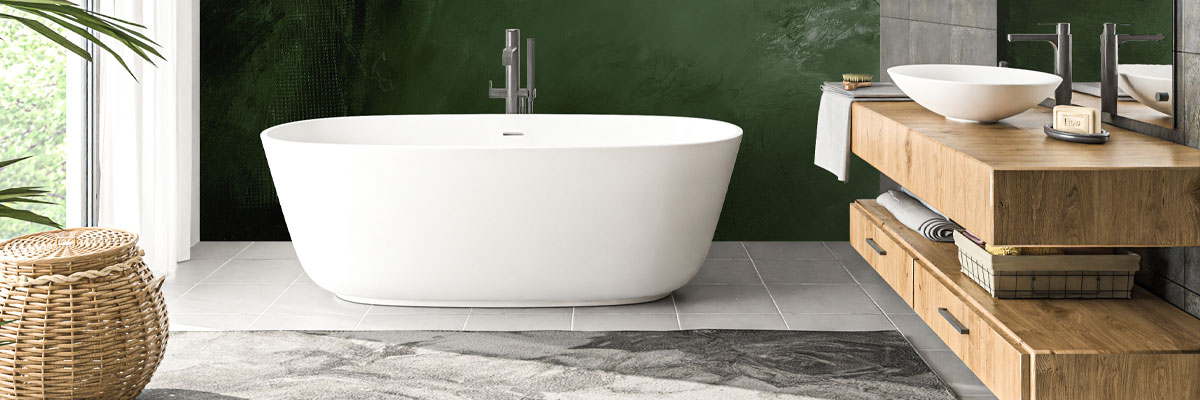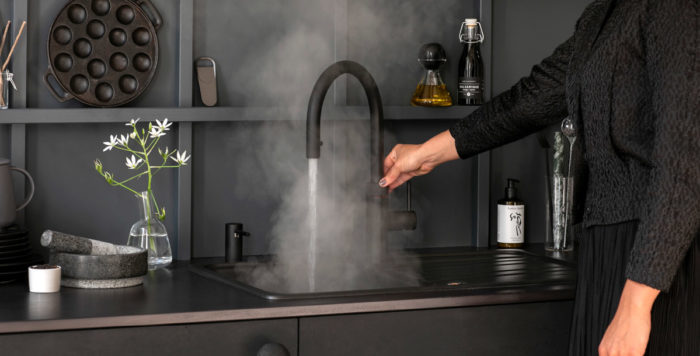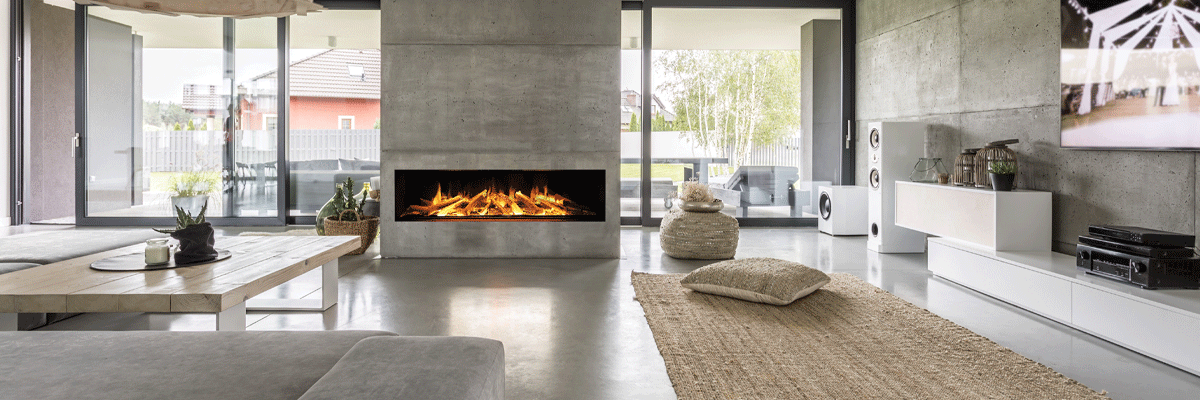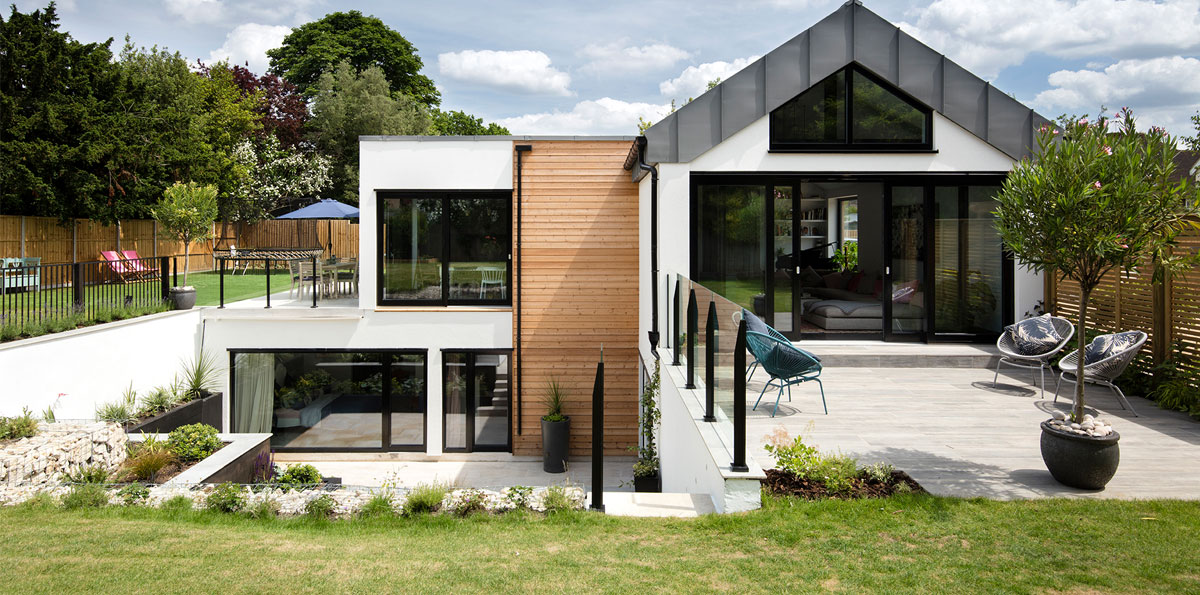Solar panel guide – how much do they cost and how much can you save?
How they work, what are the options, and are they worth it?
Whether you’re planning a build, a restoration, or just worried about your monthly power bills, solar panels will help you harness free energy from the sun. While their looks don’t suit every roof – although they needn’t go on a roof at all – they can make a massive difference to your home’s running costs and carbon footprint. In this solar panel guide, we’ll tell you how much they typically cost to install and how much money you could save on electricity bills each year.
How do solar panels work?
We’ve become so used to solar panels that it’s worth reminding ourselves how they work and what’s involved in the typical setup. The most visible part is the panels themselves, which might weigh 20-40 kilos each, and measure around one metre by two. Just under their glass cover are solar cells, where photons from incoming sunlight knock electrons free, which end up flowing as an electrical current.
This current travels to the next device in the system: an inverter, responsible for converting the variable DC electricity from the panels into 230-volt AC mains electricity that your home can actually use. The vast majority of inverters are grid tied, meaning they synchronise to your incoming mains connection. Grid-tied also means that if there’s a power-cut, your home won’t have electricity even if the solar panels are in full sun-light. This protects utility workers working out the outage from being electrocuted.
If you’re fitting a solar battery, you’re likely to have a ‘hybrid’ inverter, which also manages the DC current travelling to and from storage.
There’s slightly more to the average domestic solar installation than meets the eye. Obviously, the installers need access to the roof, which usually involves scaffolding. On a tiled roof, they’ll need to lift some tiles to mount rails onto the rafters – the solar panels fix to these rails. Installers can usually clamp rails to the seams on a zinc roof, so there’s no need to disturb it, whereas on a flat roof they’ll need additional mounts to hold the panels at a better pitch. Of course, you can also mount panels on features like a carport, wall, balcony or canopy, or they can be free-standing.
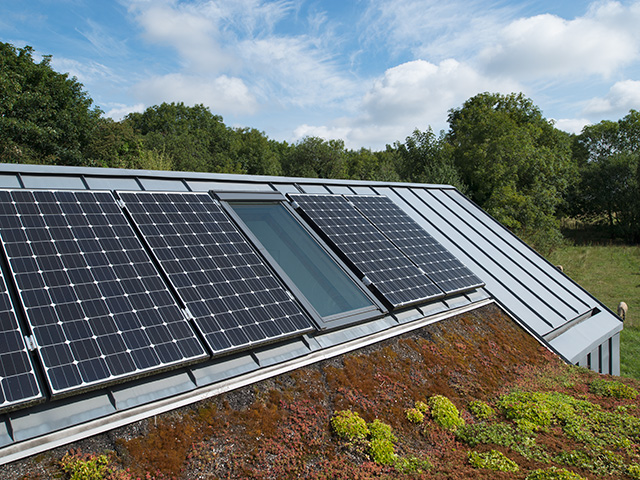
Finally, the installer will need to run a cable from the inverter into the house’s consumer unit (fuse box). They might install batteries near the inverter, but some are weatherproof and can go outdoors. If you’re adding a battery later, you can add a second inverter serving the batteries alone, but this is less efficient than having a single hybrid inverter.
There’s also solar thermal, which directly heats water. However, it’s unlikely to make financial sense if there’s also going to be a heat pump, as these can be around 3-4 times as efficient. And, if you’ve already filled your roof with PV solar panels, there’s no space left for a solar thermal system.
What sort of roof do you need for solar panels?
The ideal roof for solar panels is a south-facing one, with somewhere around a 30-40 degree pitch and as little shade as possible. Many inverters will handle more than one ‘string’ of panels, so an east/west pitched roof can still work really well: one string will hit its peak in the morning, with the other taking over into the afternoon. Roof furniture like ridges and windows will reduce the amount of space available for panels, and any shading will reduce the available output.
The building stage of a house is the best time to start cutting your long-term costs – add insulation, incorporate solar panels, think about the sun in relation to your windows, where will you get the best light? – Kevin McCloud
Do you need planning permission for solar panels?
You don’t generally need planning permission for rooftop solar, provided the panels project from the roof, or past the line of your walls, by less than 200mm. They’re usually allowed in conservation areas with the restriction that they can’t be on a wall that fronts a highway. You’ll need planning permission to add them to a listed building, and you may also if your property is both within a conservation area and subject to an Article 4 Direction, where permitted development rights have been removed.
Depending on your installer’s professional accreditations, you may also need a structural engineer to assess the weight and potential wind loading on the roof.
There’s no getting away from the fact that solar panels don’t suit every building, and are typically only available in black or silver. There are alternatives when conventional panels would jar with the aesthetic. Solar tiles may be more acceptable for listed buildings and some new builds, but they’re less widely available than panels – Tesla’s Solar Roof still hasn’t even launched in the UK. We had a look at some alternative solar panel installation ideas.
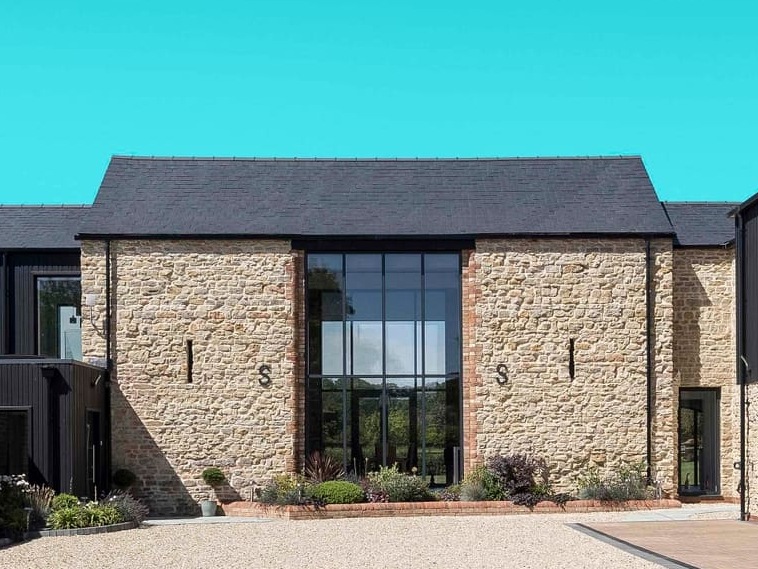
How are solar panels rated?
The power output of the multiple panels that make up a PV system is measured in kilowatts (kW), with the maximum possible output in kilowatt peak (kWp). This is what can be generated when the panels are in bright daylight, outside of that solar panels will generate less energy than the peak demand. A typical UK home will have a 3kW or 4kW installation.
How much does it cost to have a solar system installed?
Costs vary depending on your home’s construction, the amount of work to be done inside, your location and the number of solar panels you’ll have installed. Typically, you’re looking at between £5,000 and £11,000 to install solar panels on an average UK home, although you’ll be able to get a detailed quote from a supplier.
What is it like having solar panels, and do they need maintenance?
Once installed, solar panels are easy to live with. They’re essentially maintenance-free and usually warranted for up to 25 years. It’s unlikely the original inverter will last that long, though – they’re more likely to need replacing after around 10 years. Most home insurers will cover a rooftop solar system with the property, but it’s worth double-checking.
The output from a solar power system is fed seamlessly into the home’s mains wiring, supplementing or replacing the electricity coming from the grid. The panels are at their best when the sun’s shining and high up in the sky, but they’re less efficient once they get hot. This means that, while you’ll probably get the highest daily output during long summer days, you might get higher peak power in spring or autumn.
Any cloud will reduce the panels’ performance. You can expect a significant drop with light, hazy cloud, whereas thicker cover will have a dramatic effect – perhaps reducing the system to a quarter or less of its rated output. In dark, heavy rain clouds, a solar system will barely produce power – especially if the sun’s also low in the sky.
If you don’t have battery storage, any solar energy you don’t use flows out into the grid to be used by other properties. Electricity suppliers usually charge you more to buy electricity than they’ll pay for your exports, so it’s best to use as much of your solar power as possible yourself. You can do this manually, for example, by running power-hungry appliances like washing machines on sunny days, but there are different automatic options, too.
Home batteries are ideal for storing any excess solar generation during the day, so you can use them whenever you want. In homes with an immersion heater, power diverters such as the Solar iBoost can use excess solar power to heat water, although again, you’ll get more heat per kilowatt hour (kWh) of electricity if you can use a heat pump instead.
Solar power is the ideal ‘fuel’ for an electric car. With even a modest rooftop system likely to produce some surplus energy on most days, an EV’s battery is the perfect place to store it. It’s best to choose a solar-aware car charger like the MyEnergi Zappi, which can detect when you’re exporting power to the grid, and divert it to the EV instead.
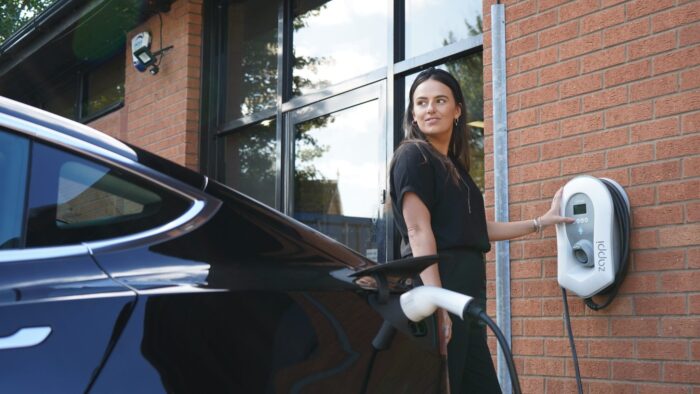
How much do you get paid for solar power?
A solar installation will reduce the amount of power you take from the grid, replacing it with carbon-neutral, renewable energy. That’s great for the environment, and it saves money. Electricity suppliers will also pay for any excess energy exported to the grid, but the sums available aren’t especially high now that the feed-in tariff (FIT) has been replaced by the Smart Export Guarantee (SEG). These rates vary from supplier to supplier, and range as little as a couple of pence per kWh, up to 15p per kWh – a far cry from the current price cap of 27p per kWh, but still potentially useful (see below). Remember, you can choose a different supplier for your export than your supplier that you pay for regular electricity, so you can maximise the income you can make.
There are some requirements for the SEG: you have to have a smart meter that can monitor how much energy you feed back into the grid, and it’s likely that you’ll need a 2nd generation SMETS2 meter (although some SMETS1 meters are supported).
How much can solar panels save you and how long do they take to pay back?
With so many different installations, configurations and tariffs, the savings available are variable, but we can take a south-facing 5kW installation in the south of England as an example. It’s likely to generate more than 6,000kWh a year, which is about 1.5 times the typical annual electricity use of a four-bedroom home without an EV.
Much of that generation will provide power that would otherwise have come from the grid, saving the household 27p per kWh at the October 2023 cap. At this price, that 6,000kWh would cost £1,620. That sounds like a lot, but not all of this energy can be used, as a home’s energy use typically peaks in the early evening when there’s little or no solar power. Without a battery, the home will still be buying plenty of electricity. But if the above system only halves the home’s average 4,000kWh annual consumption, that still adds up to £540 less on electricity each year.
Any remaining generation will be exported to the grid (assuming that there’s no battery). In the example above, that’s 4,000kWh of spare capacity which, at Octopus Energy’s fixed rate of 15p per kWh, equates to an export income of £600, or a total annual saving of £1,140. If the system cost £7,000 to install, that could mean payback within seven years.
In reality, the situation may be complicated by power diversion to a water heater or car, in which case the house will be using more electricity and exporting less. It’s also worth considering the effect of load shifting on a house with solar and batteries. If your off-peak tariff is lower than your export price, you might want to import lots of energy and store it in batteries when it’s cheap, in order to export more of the power you generate. In this way, you’ll buy more grid power, but save more money overall.
Are solar panels worth it?
There are many variables about solar panel installations, but whether or not solar panels are worth it to you come down to three main factors. First, you need to have a suitable property/roof for a big enough installation. Secondly, you need to have the cash (or be able to borrow the money at a competitive rate) for the installation. Finally, you need to live in your home for long enough to recoup the cost. If the answer is yes to all of these, then solar panels will help bring down your electricity costs and provide you with clean energy.

